Will a subway eventually run beneath the Las Vegas Strip?
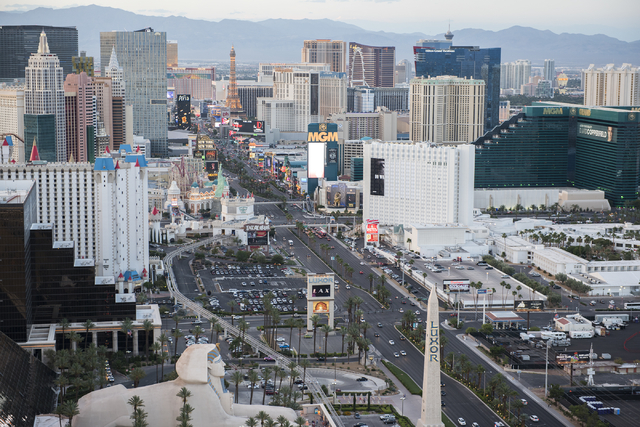
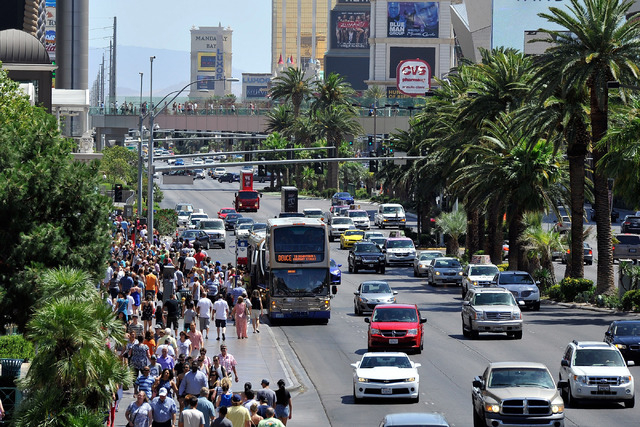
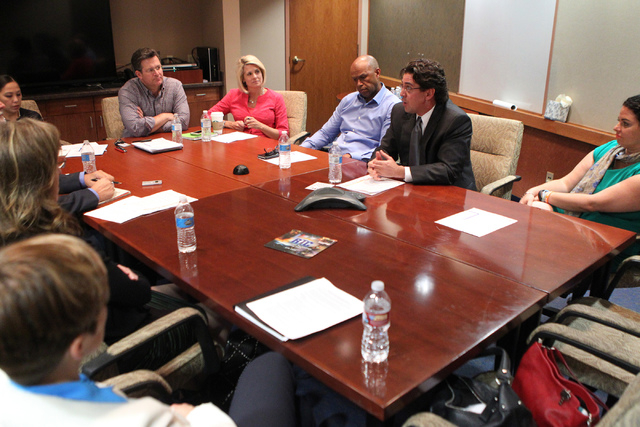


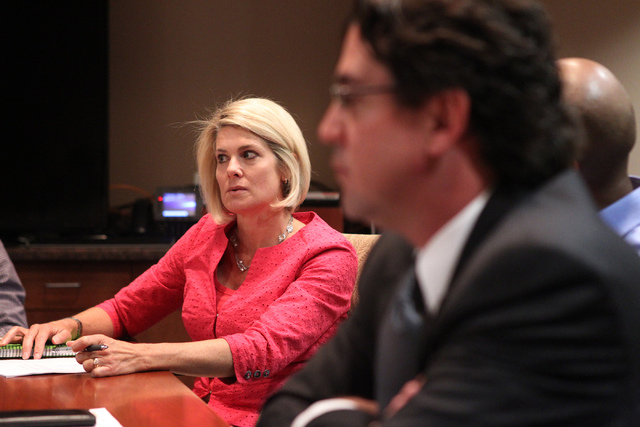
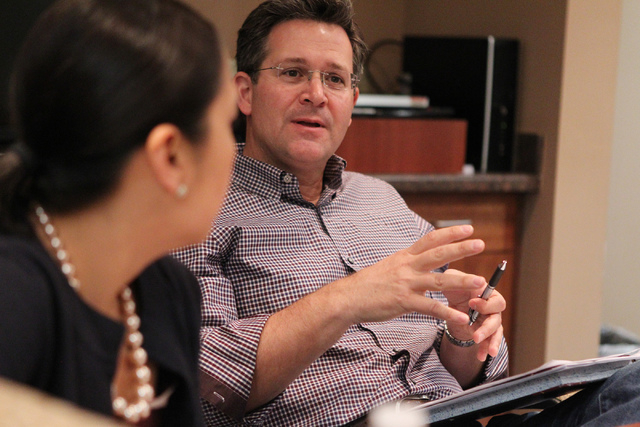
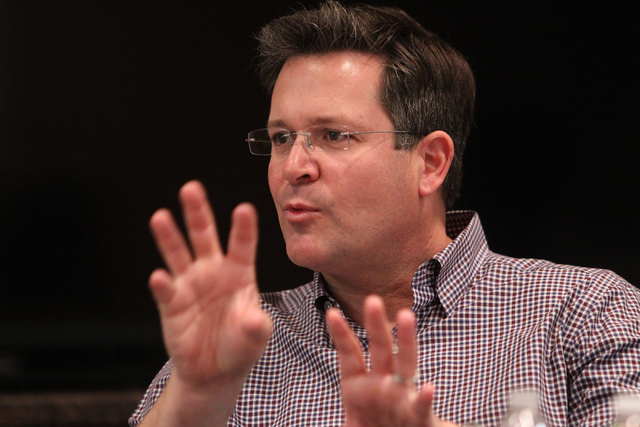
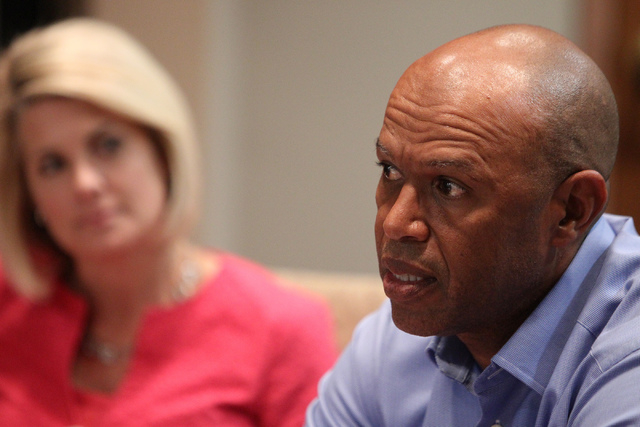
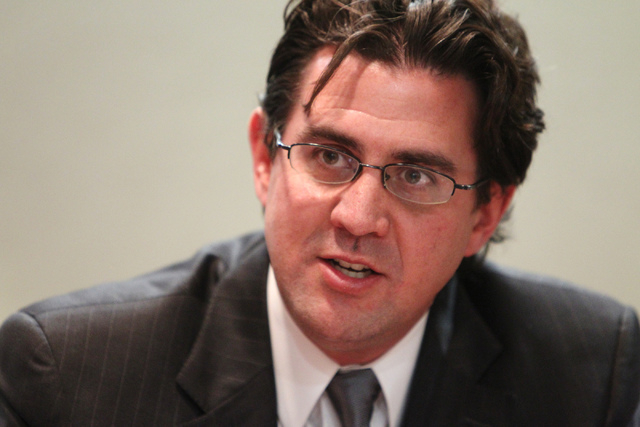
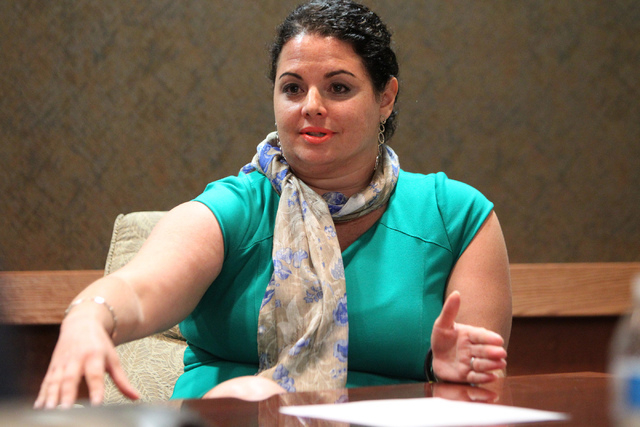
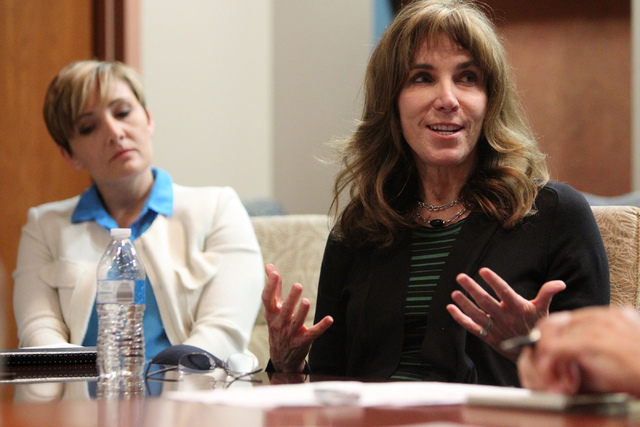
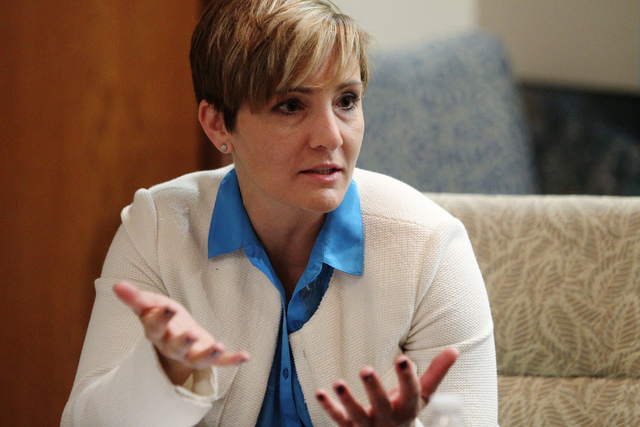
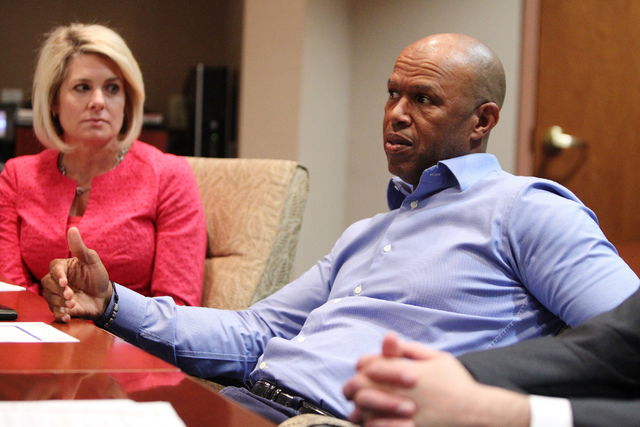
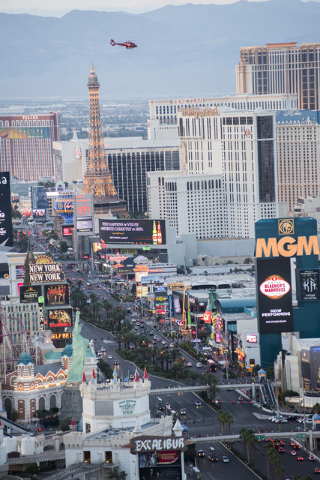
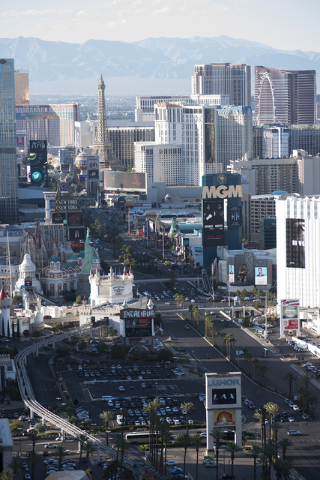
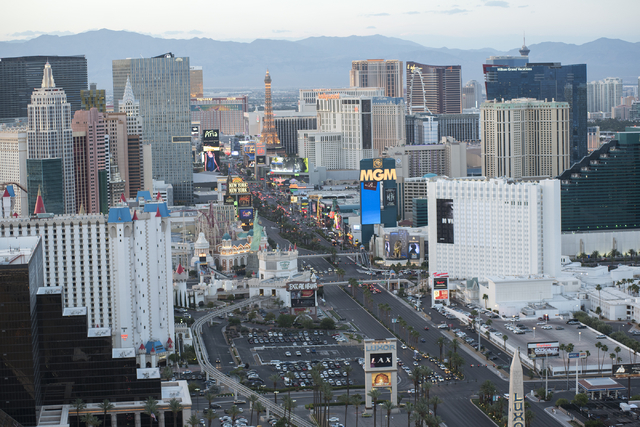
A light-rail subway system beneath Las Vegas Boulevard is among the ambitious recommendations that have emerged from a transportation plan that has taken more than two years to complete.
Another big-ticket project is a double-deck tunnel under McCarran International Airport to connect Russell Road east and west of the airport and possibly provide a light-rail link to the Strip line.
The Regional Transportation Commission of Southern Nevada unveiled a draft of its 15-point Transportation Investment Business Plan on Wednesday, opening the door to debate about how Southern Nevada can best prepare to address gridlock in the resort corridor.
“Without new investments, the roadways, pedestrian facilities and transit system will be overwhelmed, the quality of the visitor experience degraded and the core area’s economic growth impeded,” the draft plan states in its introduction.
The Transportation Commission funded consultants who were guided by a committee of stakeholders representing government entities and private businesses that depend on the tourism economy and moving visitors through the valley.
The recommendations emerged after nearly 2½ years of meetings by the committee appointed by Las Vegas Convention and Visitors Authority President and CEO Rossi Ralenkotter that included representatives of virtually every entity that has anything to do with transportation.
Among the committee representatives were officials from the Transportation Commission, Clark County and the city of Las Vegas, the Las Vegas Monorail Co., the Nevada Taxicab Authority, taxi and limousine industries, McCarran, the University of Nevada, Las Vegas, the Nevada Resort Association, the Las Vegas Global Economic Alliance and the Las Vegas Metro Chamber of Commerce.
Ralenkotter’s instruction to committee members was to check self-interests at the door and consider overall solutions instead of what individual entities wanted.
Several representatives of the committee met Wednesday with the Review-Journal and said Ralenkotter’s directive to work collaboratively was followed.
No cost estimates were provided in the initial report, but Tina Quigley, general manager of the Regional Transportation Commission, said the Strip light-rail project alone would cost billions of dollars.
But committee members noted that in cities with new transportation systems, there would be a significant return on investment in economic development as a result of the system.
For example, a light-rail system in metropolitan Phoenix that was built for about $1 billion was expected to generate $3 billion in economic development measured in construction, new jobs, retail sales and tax revenue. Instead, over five years Phoenix had seen an economic development return on investment of $7 billion.
The Regional Transportation Commission last year hired Charlotte, N.C.-based Michael Gallis &Associates to guide it and the local committee through the process of delivering a series of projects and proposals that would move traffic more efficiently and improve the visitor experience in Las Vegas. Gallis brought the perspective of explaining transportation systems and technology that Las Vegas could consider from across the United States and around the world.
But what the committee found was that the Las Vegas system would have to be different from anything else in the world because of some of its unique qualities, such as having a high number of visitors squeezed into a small geographic area, having a mix of leisure and business travelers, and having an airport that serves a high percentage of arriving and departing passengers as opposed to connecting through McCarran.
Gallis collaborated with engineers at CH2MHill, economist Jeremy Aguero of Applied Analysis and business advisers with the JA Barrett Co., eventually turning the effort over to them.
The plan suggests projects and policy decisions grouped in three categories: near-term improvements that would take one to five years to effect; midterm improvements that would take five to 10 years; and long-term improvements that would take 10 to 20 years.
The proposal for a Strip subway and Russell Road connection are among the long-term proposals.
Quigley said those projects would require tunnel boring machines because Strip properties objected to any plan that would close streets and property entrances during construction.
No construction details have been planned, but any tunneling would occur below existing utility lines and pipes.
Development of a light-rail system for Las Vegas figures prominently in the plan.
Noticeably missing from the plan is any proposal to extend the Las Vegas Monorail from its southern terminus at the MGM Grand to McCarran. However, the extension of the monorail to the Mandalay Bay Convention Center and to a high-speed rail terminal on the west side of Interstate 15 near Mandalay Bay as well as building a new monorail station near the Sands Expo Center are listed.
Now that some details of the plan have been made public, CH2MHill, Aguero, Barrett and Greg Gilbert, outside general counsel for the Regional Transportation Commission, will compile a detailed summary of project proposals and list prospective funding sources for the projects.
Quigley said the group would look to federal, state, local and private financing sources for funding.
Some of the short-term solutions would be relatively inexpensive and might only require some policy changes or minor expenses to effect.
Contact Richard N. Velotta at rvelotta@reviewjournal.com or 702-477-3893. Find him on Twitter: @RickVelotta












